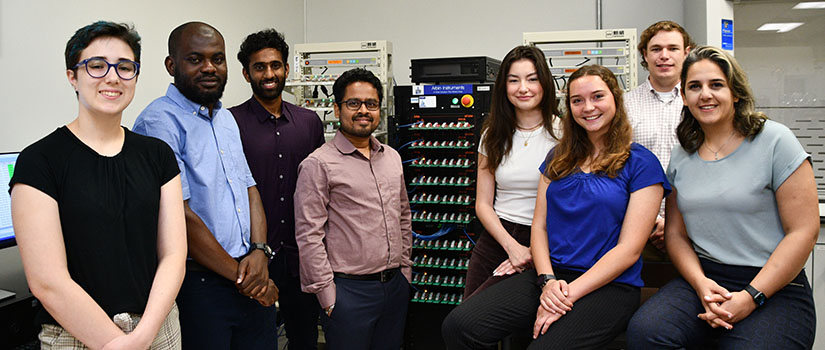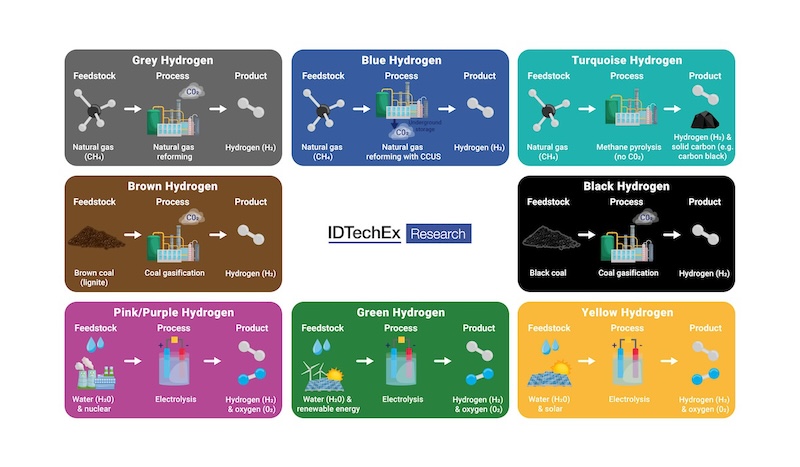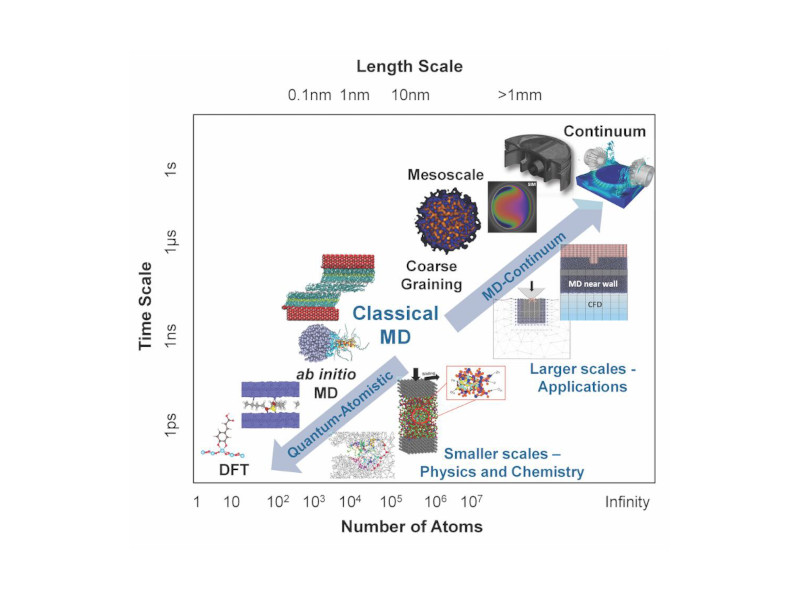Energy efficiency improvement opportunities are applicable at the component, process, facility and organizational levels

Many companies have already accepted the challenge to improve their energy efficiency in the face of high energy costs and have begun to reap the rewards of energy efficiency investments. Companies are turning to energy-efficient processes and technologies to meet corporate environmental goals.
Energy efficiency process improvements
At the component and equipment level, energy efficiency can be improved through regular preventive maintenance, proper loading and operation and replacement of older equipment or components with higher efficiency models whenever practical.
At the process level, process control and optimization can be pursued to ensure production operations are running at maximum efficiency. At the facility level, the efficiency of lighting, cooling and heating can be improved while total facility energy inputs can be minimized through process integration and combined heat and power (CHP) systems, where feasible. At the organizational level, energy management systems can be implemented to ensure a strong corporate framework exists for energy monitoring, target setting, employee involvement and continuous improvement.
Baking industry
In their simplest form, most bakery products (bread, rolls, cookies, crackers) have similar ingredients and stages of production. Common production stages include mixing, shaping, baking, cooling and packaging. Certain products require additional production steps.
Energy use is most concentrated in either the baking or freezing process. For nonfrozen products, baking is the largest energy consumer ranging between 26 and 78% of total energy, according to a report titled “Energy Efficiency Improvement and Cost Saving Opportunities for the Baking Industry,” published by Ernest Orlando Lawrence Berkeley National Laboratory (funded by the U.S. Environmental Protection Agency through the U.S. Department of Energy). Only in the case of frozen products is baking not the largest portion of energy. Baking represents 78% of the energy requirement for cookies and crackers, which are products produced with no need to wash pans or provide a fermentation and proofing period, according to the baking industry report. Bread and rolls as well as cookies and crackers, which are products that require significant baking times, require more energy per unit of production than frozen and nonfrozen cakes. In the case of frozen products, the freezing process consumes the most energy.
In addition to the baking and freezing processes, the other stages of production consume large enough amounts of energy to warrant investigating related energy efficiency measures.
Energy efficiency improvement opportunities
Ovens and dryers can consume more than 10% of a bakery’s total energy and 26 to 75% of process-specific energy, often inefficiently, according to the baking industry report. Dryers often consume two to three times as much energy as thermodynamically required to remove a pound of water from product. Ovens are less energy efficient, consuming at least five times as much energy as thermodynamically required to heat product. Most of this extra energy is lost as heat to the outdoor environment through the oven or dryer stack.
The type of heating element selected for use in an oven or dryer affects the thermal efficiency of the system. Gas burners are 85 to 95% efficient while steam heat systems are 70 to 80% efficient, according to the report. Due to losses at the power plant and transmission lines, delivered electricity is only about 30% efficient. Advanced baking technologies such as radio frequency assisted ovens provide an energy efficient way for goods to be baked that requires low final water content.
Careful maintenance, control and operation of an oven can improve the overall energy efficiency of a bakery. While large, direct energy efficiency savings can be found in improving the efficiencies of technologies such as motors and equipment insulation, indirect benefits can be realized by improving oven and dryer design, production throughput, decreasing downtime and optimizing production processes.
Proper burner maintenance will help bakeries that operate with air quality permit to ensure their stack emissions are within permitted levels and avoid fines. Damaged or obsolete burners should be replaced with more efficient ones.
Burner optimization can be determined by analyzing the combustion stack gasses. As a part of commissioning, a stack sample should be taken for reference. Periodic stack sampling can be performed and differences in stack exhaust levels will indicate problems with one or more of the burners. An oxygen or combustion analyzer along with stack temperature measurement can be used to determine a host of potential energy inefficiencies. If the combustion efficiency is lower than when the oven was commissioned appropriate strategies should be developed to improve this efficiency. The combustion air/fuel ratio will often need to be adjusted or in some instances a burner will be damaged and needs to be repaired or replaced.
Creating a temperature profile of the oven will indicate temperature imbalances across the width of the oven. Temperature imbalances should be investigated and corrected. This might require adjustment or replacement of burner elements or repairs to insulation. An oven temperature profile will also indicate stages of the oven that are too hot or cool, which may impact product quality.
Control measures can save energy by interfacing with just the oven or by integrating oven control with the bakery system as a whole. Oven exhaust ducting can be controlled to minimize the energy required to ensure combustion exhaust is safely expelled from the bakery and ambient air is not able to enter the bakery through the exhaust system. Exhaust control uses external pressure, wind and temperature data to control variable speed motors. These types of systems can result in 5 to 20% energy savings. Exhaust control systems can be coupled with heat recovery devices to produce hot water.
In addition to these opportunities, there are also emerging technologies that hold promise for improving energy efficiency in the baking industry. Improved baking technologies are being developed and continuously evaluated, many of which can provide increased energy savings, product consistency and quality and improved productivity.
One such technology is reflective coatings. Advanced coatings can be applied to pans along with interior walls and burners of installed or new ovens. They contain high-emissivity ceramic materials that increase oven energy efficiency by absorbing heat and radiating it back to the product in the form of infrared energy waves. This allows a greater portion of the original energy contained in the burned fuel to be applied to the product, reducing the amount of fuel required by up to 20%.
Final thoughts
Establish a focused and strategic energy management program that helps to identify and implement energy efficiency measures and practices across the organization and ensure continuous improvement. Then assess the company’s energy-using systems and identify areas for improvement.
Keep in mind that while expected savings associated with some of the individual measures may be relatively small, their cumulative effect across an entire facility may be quite large. Many measures have relatively short payback periods and are therefore attractive economic investments on their own.
The degree to which these measures are implemented will vary among plants and end uses, but continuous evaluation of a facility’s energy profile will help to identify further cost savings over time.
– This article appeared in the Gas Technology supplement.
MORE INFO
Ernest Orlando Lawrence Berkeley National Laboratory
Energy Solutions Center
U.S. Department of Energy
U.S. Environmental Protection Agency



